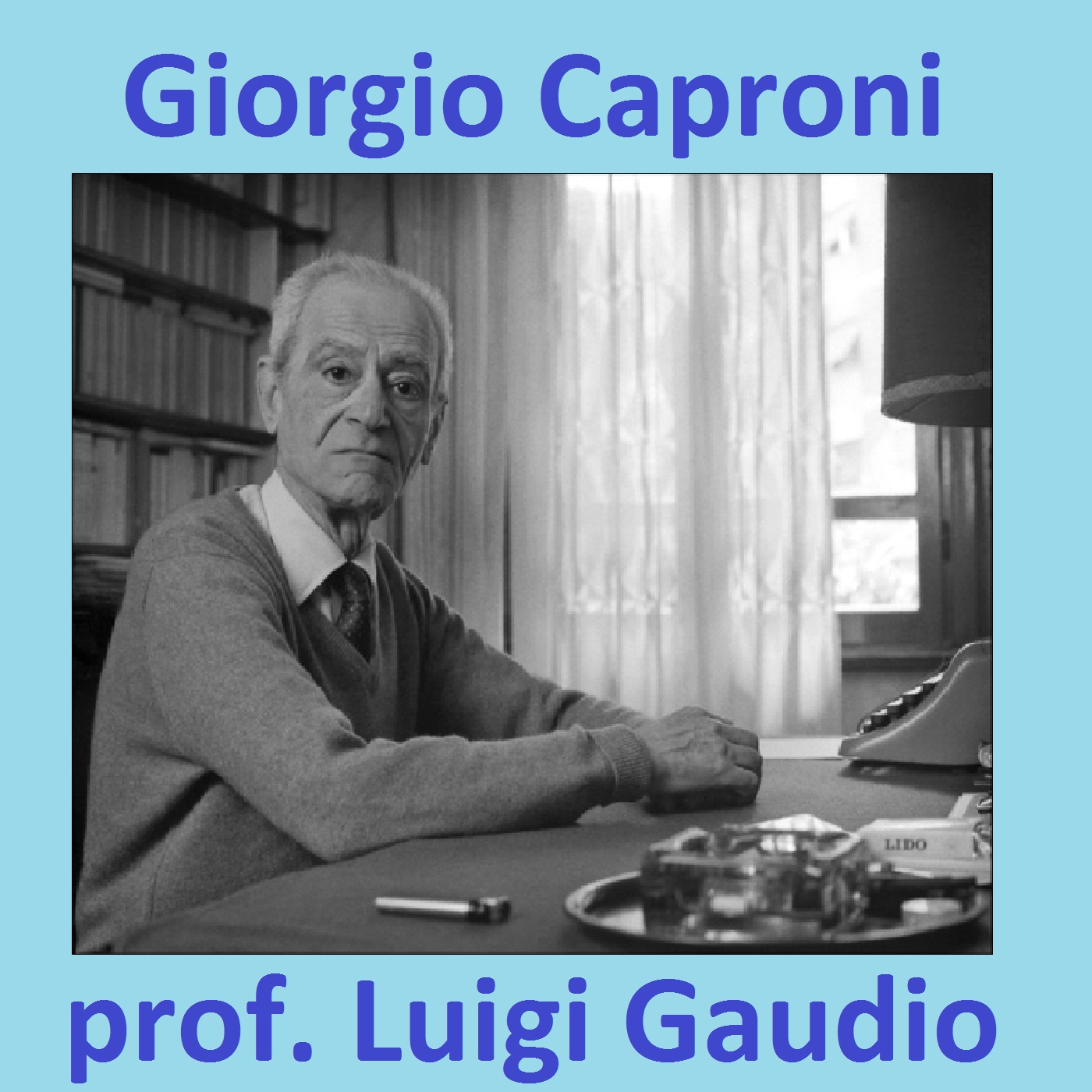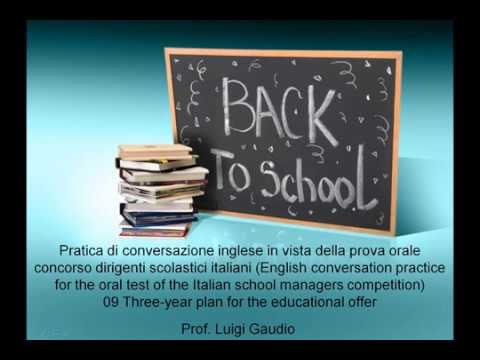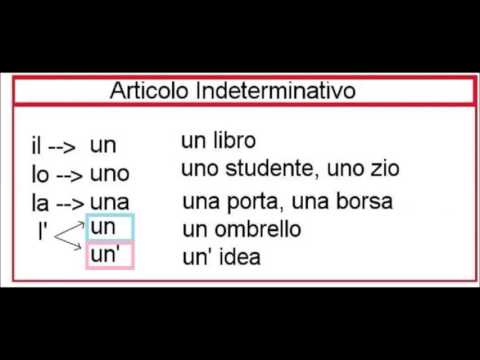
Nozioni preliminari di geografia: cartografia, meridiani e paralleli, orogenesi e …
28 Dicembre 2019
Preghiera di Giorgio Caproni
28 Dicembre 2019Storia dell’Unione Europea: videoripasso in lingua inglese dei seguenti contenuti
Pratica di conversazione inglese in vista della prova orale concorso dirigenti scolastici italiani (English conversation practice for the oral test of the Italian school managers competition)
01 Story of the European Union – Prof. Luigi Gaudio
The story of the European Union (EU) is all about the gradual coming together of its member states, driven by a mix of political, economic, and social aspirations. Education has played an increasingly vital role in this journey, especially since the late 20th century.
Foundations and Early Integration (1950s–1980s)
The EU’s roots can be traced back to the aftermath of World War II, with a focus on promoting peace and economic collaboration. The first significant milestone was the establishment of the European Coal and Steel Community (ECSC) in 1951, followed by the Treaty of Rome in 1957, which created the European Economic Community (EEC). While these treaties primarily aimed at economic integration, they also set the stage for future cooperation in other fields, including education.
In these early years, educational collaboration was somewhat limited, but initiatives like Erasmus, launched in 1987, began to pave the way for student mobility and academic exchanges across borders, marking the start of a more active EU involvement in education.
The Single Market and the Education Agenda (1990s)
The signing of the Maastricht Treaty in 1993 marked a turning point, transforming the European Economic Community into the European Union and officially broadening the scope of cooperation to include education, training, youth, and culture.
A key moment came with the release of the White Paper on Education and Training—”Teaching and Learning: Towards the Learning Society” in 1995, presented by European Commissioner Edith Cresson. This document highlighted several critical challenges, such as:
– Developing essential competences
– Turning businesses into “learning organizations”
– Encouraging lifelong learning
– Recognizing qualifications across borders
– Closing the gap between education and employment
It also stressed the importance of mastering three European languages and treating investment in education as crucial as financial investment.
Parallel to this, UNESCO’s report “Learning: The Treasure Within” (1996), spearheaded by Jacques Delors, introduced the four essential pillars of education:
– Learning to know
– Learning to do
– Learning to live together
– Learning to be
These concepts had a significant impact on educational policies within the EU.
The Lisbon Strategy (2000): A Knowledge-Based Economy
In 2000, the European Council of Lisbon set an ambitious strategic goal:
“To make the European Union the most competitive and dynamic knowledge-based economy in the world, capable of sustainable growth with more and better jobs and greater social cohesion.”
This was a pivotal moment, placing education and innovation at the forefront of EU policy.
To make this vision a reality, the Open Method of Coordination (OMC) was introduced, allowing member states to establish common objectives, share best practices, and track progress through benchmarks—without the need for binding legislation.
Key milestones followed:
– Stockholm European Council (2001): Concentrated on enhancing the quality and accessibility of education systems.
– Barcelona European Council (2002): Aimed to set the target for EU education systems to become a global benchmark for quality by 2010.
On May 6, 2003, the EU Council laid out five measurable targets for 2010:
– Reduce early school leaving to below 10%.
– Increase the number of graduates in mathematics, science, and technology (STEM) by 15%, while addressing gender imbalances.
– Ensure that at least 85% of young people complete upper secondary education.
– Decrease functional illiteracy by 20% compared to 2000 levels.
– Engage 12.5% of adults in lifelong learning.
Tools for Harmonization and Mobility
To support these objectives, the EU created essential tools to facilitate recognition and mobility:
– EQF (European Qualifications Framework): A translation tool that makes national qualifications comparable across Europe.
– Europass: A standardized format for presenting CVs, diplomas, and skills.
– ECVET (European Credit System for Vocational Education and Training): This system enables the accumulation and transfer of learning outcomes, particularly in vocational education.
Community programs were also introduced:
LLP (Lifelong Learning Programme): This initiative brought together various programs like Erasmus and Comenius to enhance education across all levels. It was later succeeded by Erasmus+ in 2014, which expanded its scope to include education, training, youth, and sports.
National Implementation: The Italian Context
Italy has aligned its educational reforms with EU strategies through:
Law 296/2006 and DM 139/2007: These laws extended compulsory education to 10 years, redefined as “diritto-dovere all’istruzione e formazione” (the right and duty to education and training).
Law 133/2008: This legislation allowed students to fulfill their compulsory education through either formal schooling or accredited vocational pathways (IeFP).
Law 107/2015 (“La Buona Scuola”): This law introduced mandatory work-study alternation (Alternanza Scuola-Lavoro) in school plans (PTOF), requiring:
400 hours for technical and vocational institutes
200 hours for lyceums
The establishment of CPIA (Provincial Centers for Adult Education) aimed to promote lifelong learning and reduce early school leaving.
Additionally, structural reforms aimed at streamlining the school network (DPR 81/2009, Law 111/2011) encouraged the creation of larger, more efficient institutions (like Comprehensive Institutes and IIS) to ensure equitable access to educational services.
Conclusion
The evolution of the European Union showcases a transition from a focus on economic unity to a more holistic approach to social and educational integration. Education is no longer just a national issue; it has become a collective responsibility, driven by shared goals, collaborative learning, and transnational resources. The EU’s impact has transformed national systems—including Italy’s—toward greater inclusivity, quality, innovation, and alignment with labor market demands, all within the framework of lifelong learning and democratic citizenship.
🎤🎧 Audio Lezioni, ascolta il podcast sulla Pedagogia e organizzazione della scuola del DS Luigi Gaudio
Ascolta “Pedagogia e organizzazione della scuola” su Spreaker.




